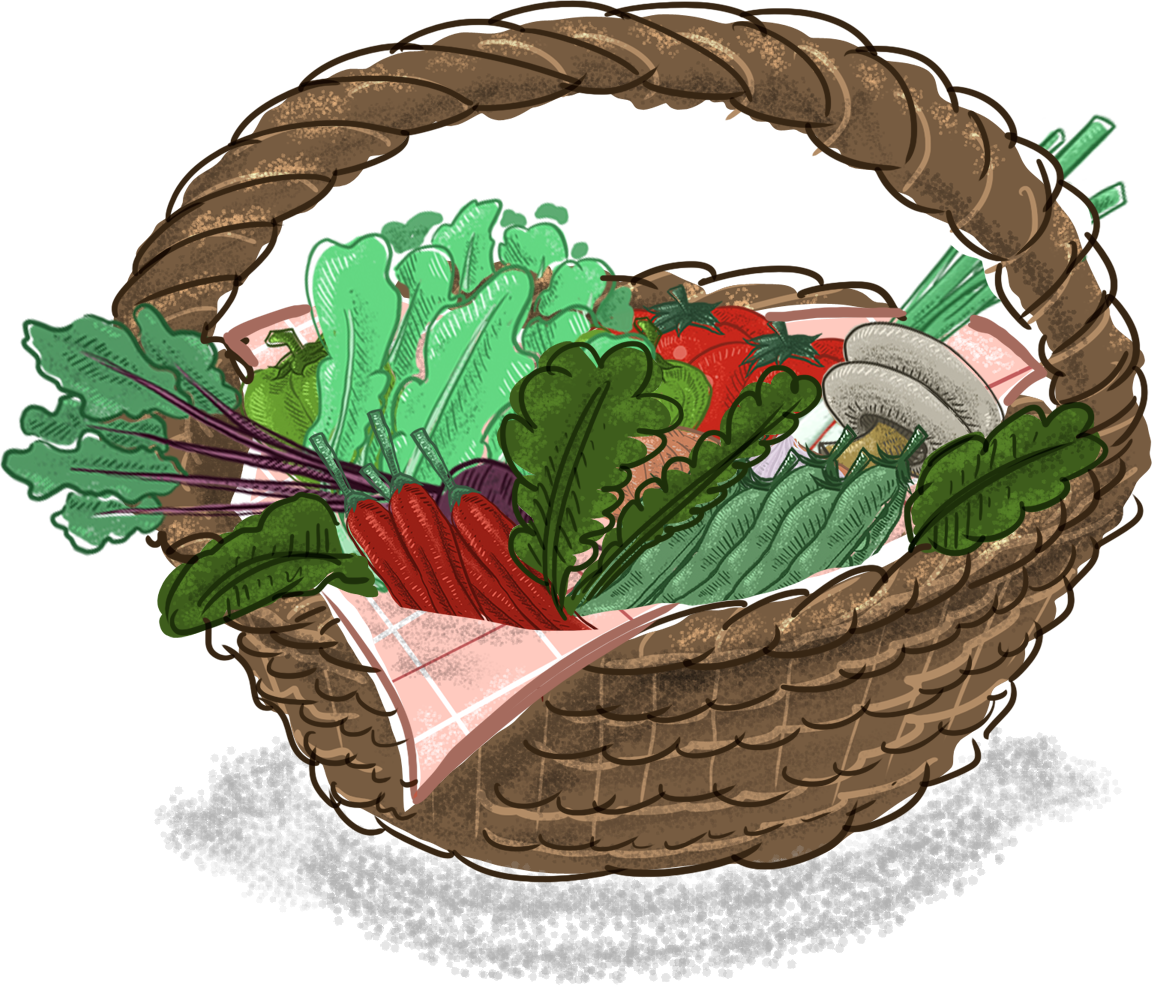- Remember that home cultures, religions and ethnicities affect eating habits and food customs. For example, some religions have rules and dietary guidelines about food preparation and about what people can or cannot eat, or others choose specific diets such as vegetarian or vegan. What are the specific diets that members of your staff and students have in your school?
- Embrace and promote the diversity of the cultural, religious, ethnic diets and food customs. Enrich your school’s cafeteria in order to accommodate and respect students and staff from diverse ethnic, religious and other backgrounds and cater to everyone’s needs and preferences. Try to spice up the meals with herbs and spices, such as basil, chili, oregano, garlic, curry, which can replace salt and saturated fat giving ethnic flavors to the dishes it offers.
- Keep in mind that beverages are also food!
Many cultures offer tasty beverages, such as fruit drinks, dairy drinks, rich coffees, herbal teas, traditionally fermented beverages from vegetables that could serve as excellent healthy snacks in your cafeterias. - Encourage students and parents to prepare traditional dishes together. Involve children in the selection and purchase of the ingredients for the meal and introduce them to following cooking directions. Increase their participation in making meal choices and in the preparation process.
- Celebrate cultural gatherings and evenings with the dishes prepared by parents and children. Offer students and staff the opportunity to taste dishes from different cultures and traditions. Discuss the taste, the color, the shape, the aroma, the texture of different foods as well as the eating related customs of the countries they come from. Look for the blending of cultures in your own ethnic cuisine and discuss similarities and differences. Decorate the area with artwork or crafts from the place of origin of the dishes prepared.


